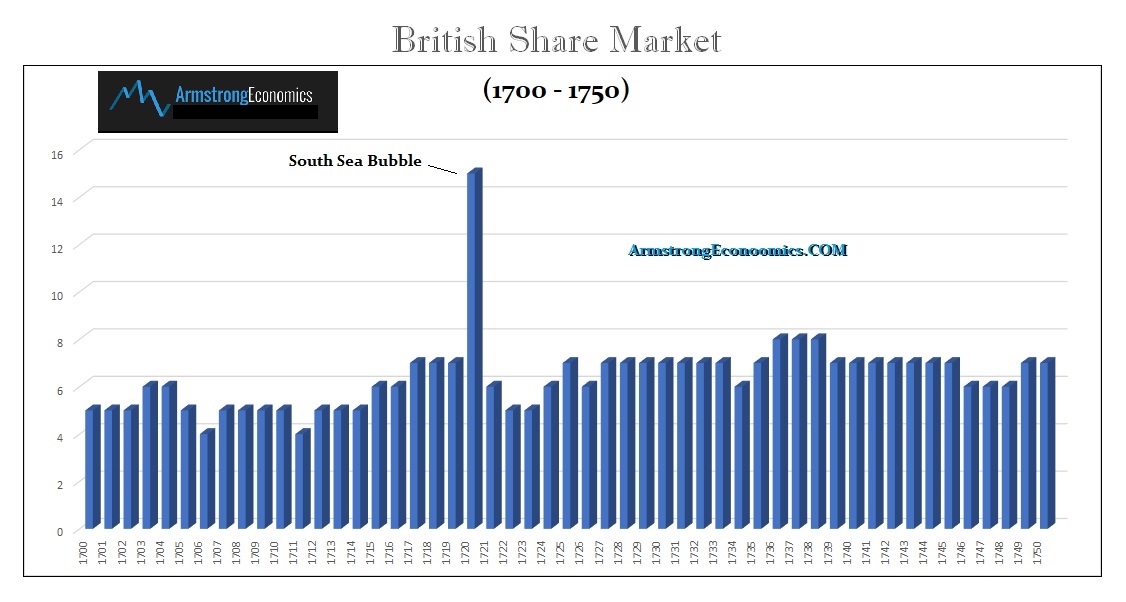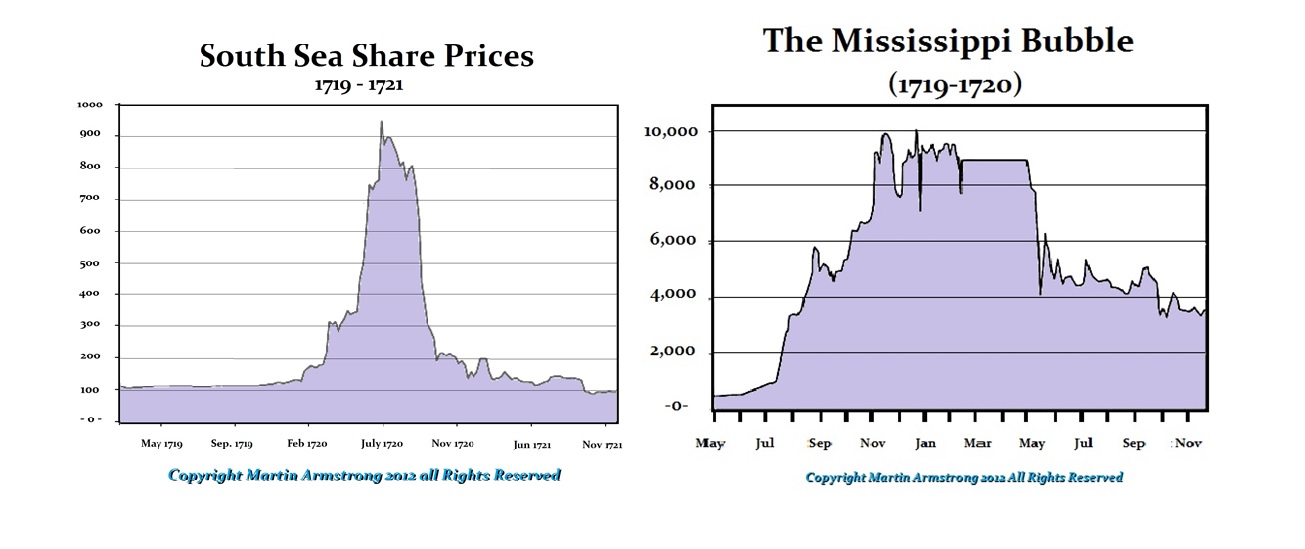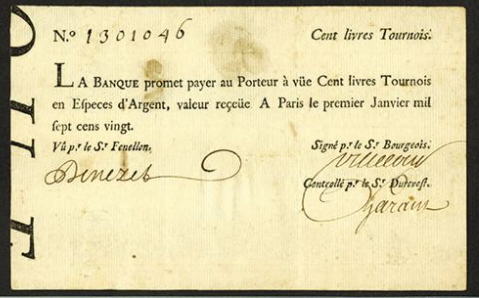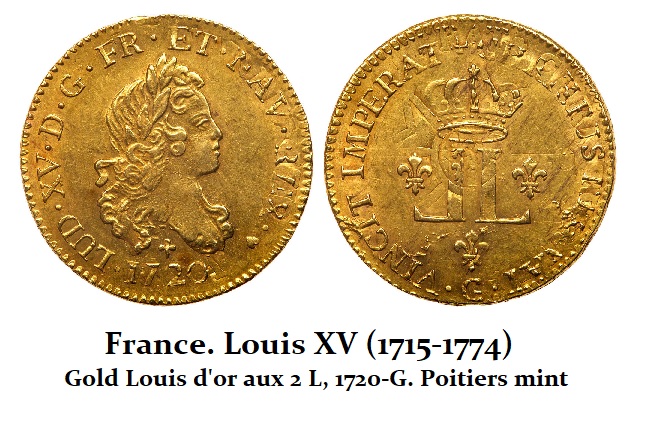South Sea Bubble originated plan was that of the English statesman Robert Harley, 1st Earl of Oxford. The scheme was a debt-for-equity swap in 1711, whereby the idea was to retire the floating national debt of Great Britain. Under the scheme, the debt was assumed by merchants to whom the government guaranteed for a certain period annual payments of £3 million. This total sum, amounting to 6% was to be obtained from duties on imports.
A monopoly for British trade in the South Seas and South America was given to these merchants thereby incorporating the South Sea Company. This idea was rather extravagant with exaggerated riches awaiting investors in South America. During the spring of 1720, the company offered to assume practically the entire national debt, at that time more than £150 million. Companies of all kinds were floated to take advantage of the public interest in obtaining South Sea Company stock.
Speculation soon carried stock to ten times its nominal value. From the start of 1720, shares were valued at £128 1/2 in January. The speculative fever saw them rise to more than £1,000 in August 1720. The bubble broke and the following month of September saw the market absolutely collapse. By December 1720, the South Sea shares were down to £124. There was inside trading as the chairman and some directors had sold out just before the stock really collapsed. Thousands of stockholders were ruined. Parliamentary investigation revealed complicity by some company officials. In the aftermath, about one-third of the original capital was recovered for the stockholders.
Nevertheless, when we correlate Britain with that of the rest of Europe, we discover that there was a speculative fever in France as well. In fact, what the data reveals is that there was a CONTAGION for we see the French Mississippi Bubble of 1720. Here too it became a debt-to-equity swap. In France, by 1719, John Law had issued approximately 625,000 stock shares, and he soon afterward merged the Banque Générale with the Compagnie des Indes. John Law hoped to retire the vast public debt accumulated during the later years of Louis XIV’s reign by selling his company’s shares to the public in exchange for state-issued public securities or billets d’état, which consequently also rose sharply in value. It was the classic debt-for-equity-swap.
Stock prices began falling in France during January 1720 ahead of the South Sea Bubble in Britain. Some investors sold shares to turn capital gains into gold coins. To stop the sell-off, John Law restricted any payment in gold that was more than 100 livres. This merely undermined the confidence in the entire system. The paper notes of the Bank Royale were then made legal tender. That meant that they were now acceptable by the Crown in payment for taxes and settling most debts. They were now desperately attempting to make paper currency acceptable rather than gold and silver coins. The bank subsequently promised to exchange its notes for shares in the company at the going market price of 10,000 lives, which proved to be the high. This attempt to turn stock shares into money resulted in a sudden doubling of the money supply in France which unfolded as inflation.
As the scheme was unraveling, John Law attempted to devalue the shares in the company in several stages during 1720. The value of banknotes was reduced in May to 50% of their face value in hopes of stopping the collapse. Then by September 1720, the price of shares collapsed to 2,000 livres and the decline continued to 1,000 by December 1720. By September 1721, share prices had fallen to 500 livres.
It was clear that 1720 was the first financial CONTAGION to unfold post-Dark Age.









